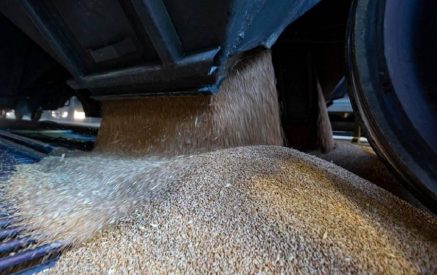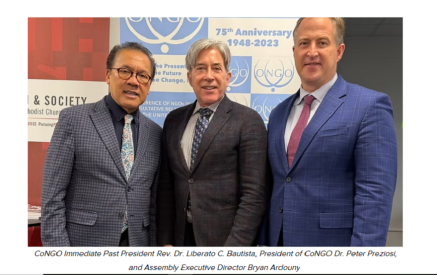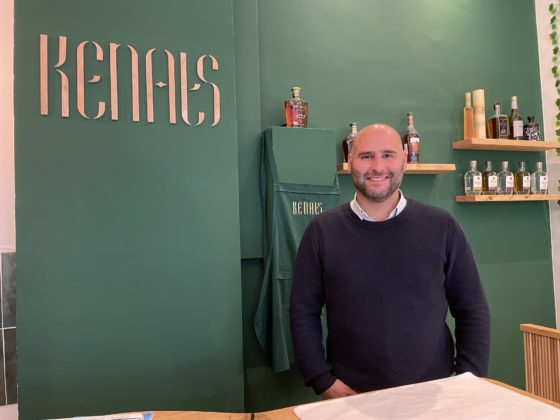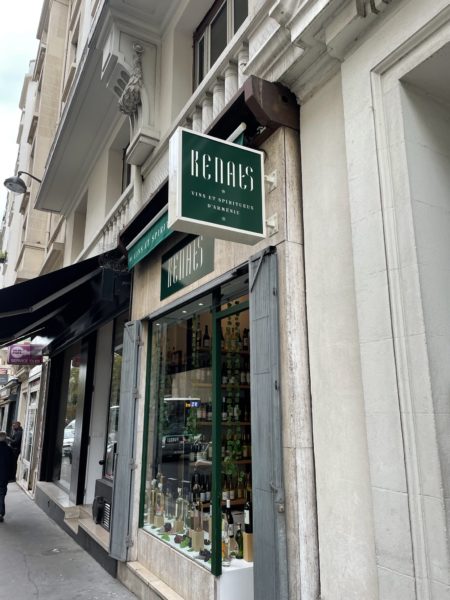by Mélanie Tuysuzian
PARIS — When a French person is wondering about which wine would be the best to drink with a “boeuf bourguignon” (a French meat ragout), Shant Zadourian always advises the Tushpa one. This red wine comes from the Haghtanak field, in the Armenian mountains, and it’s just strong enough to stand up to the dish. Since last July, Paris has had its first shop of Armenian wine, Kenats. Owned by Zadourian, a French-Armenian merchant, it’s the only one to offer around one hundred types of Armenian wines and spirits. So far, it has been a hit with Parisians.
Kenats means “cheers” in Armenian. What could be more appealing to a wine fan? Maybe the atmosphere of the little green and brown shop, decorated with eye-catching bottles and grapes. Inside, a huge map of Armenia with regions of wine production is displayed in the center, with explanations.
Read also
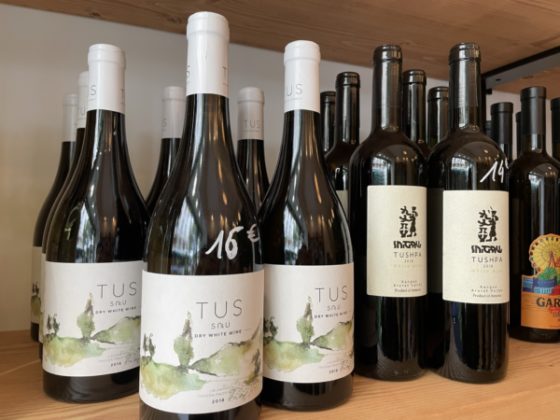
Some bottles of Armenian wine
Zadourian owns this shop with his family. They have sold the wines through a website for one year now, and the opening of his shop is a way to increase sales and promote Armenian products in the middle of Paris. Zadourian offers nearly 70 brands of wines, such as the red ones, like Garoun and Sutak, or white ones, such as the Matevosyan. He also sells 20 brands of spirits, like the Proshyan vodka, with pomegranate flavor, or the Arax one, infused with mint. This selection appeals to Parisians since 95 percent of Zadourian’s customers are French people without Armenian origins.
He also works with restaurants in Paris, especially Israeli ones, which are keen on oriental wines. One of his greatest successes is the AreWine, a natural wine famous for its country taste and pioneering method of production. For many generations, the winegrowers of AreWine have only been women and they age the wine 9 months in terracotta vats.
Armenian Vineyards of Note
Zadourian runs his business primarily in Paris, but he also travels extensively in Armenia to exchange information and have human contact with winegrowers. The wines he sells are produced in four regions of Armenia: Armavir, Vayots Dzor, Ararat, and Aragatsotn. These regions are known as wine producers since one of the oldest wine caves in the world was located in Vayots Dzor. The Aragatsotn region is famous for its diversified climate, with its soil principally volcanic, rich in limestone, which is the most suitable for producing wine. The Tavush region is smaller and at a lower altitude, but is equally good for making good wine with its natural and humid climate.
These regions offer numerous grape varieties, such as Sev Areni used for red wines and considered as a jewel among the Armenian grapes. Its taste is sour, with a cherry side, and its color is intense. You can also find the Haghtanak grape variety, meaning “victory,” which gives a huge bouquet of flavors, like vanilla and cassis. For the white one, Kangun differs with its taste of honey and white fruits.
Choosing the Right One
Zadourian describes himself not as an oenologist but more of a selector. He works with 23 fields in Armenia, such as the “Van Cat” or the “Martiros.” They all use different methods of production. Nowadays, most winegrowers use stainless-steel tanks to dry grapes. However, in Armenia, some vineyards still use an old tradition: drying the grapes in terracotta vats. This ancient method adds a saltiness to the wine, making it more rustic.
To choose the perfect wine, Zadourian meets directly with Armenian winegrowers. It was initially difficult to communicate with them. The owner of Kenats grew up and studied wine in France, where the tasting of wine is a fine art. Usually, in France, the wine is tasted slowly, to enjoy every sip, and then it is spit out. This technique is also meant to avoid swallowing too much wine. But in Armenia, spitting it out is frowned upon.
“Once, I was tasting a wine and I spat it out. The winegrower got angry and he cancelled our deal because it was offensive to him to see me do this. I spent the next two days trying to convince him it was a French way to taste it. He finally agreed to re-make our deal,” Zadourian related.
But in most cases in Armenia, Zadourian is welcomed as a guest for the tasting, with a whole table set and lunch ready. With the wine, the producers usually offer him some homemade “tutti oghi,” the ridiculously strong mulberry spirit. On his first tasting trip, Zadourian intended to visit five vineyards in one day. He ended up spending the entire afternoon with the same winegrower and had to cancel his other appointments.
Both in-store and online, a wide range of Armenian goods are offered. The annual Marseille International Fair, which took place on September, hosted numerous businesses and included a booth for Kenats.


